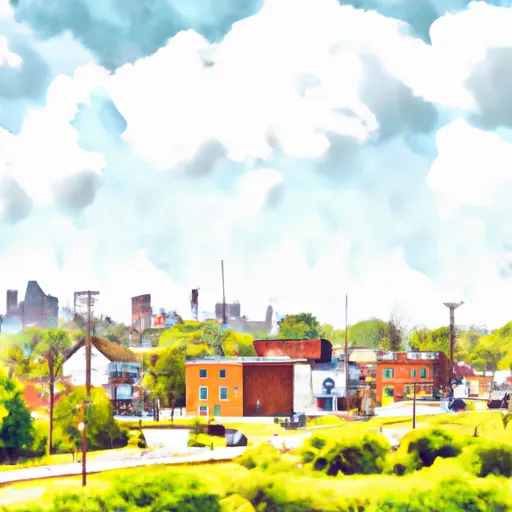°F
°F
mph
Windspeed
%
Humidity











Located in Trumbull County, Ohio, Hubbard is a small town with a rich history and a variety of outdoor recreation opportunities. The climate in Hubbard is characterized by warm summers and cold winters, with an average annual temperature of around 50°F. The area experiences a moderate amount of rainfall throughout the year, providing ample water resources for hydrology constituents.
Hubbard is home to several bodies of water, including Mosquito Lake and the Mahoning River. These waterways offer opportunities for fishing, boating, and other water-based activities. Fishing enthusiasts can try their luck at catching bass, walleye, and catfish in Mosquito Lake. The Mahoning River is popular for kayaking and canoeing, with its calm waters and scenic surroundings.
Additionally, Hubbard boasts numerous parks and nature reserves that provide outdoor recreation opportunities. Harding Park offers walking trails, picnic areas, and sports fields, while the Pine Lakes Golf Club provides a beautiful setting for golf enthusiasts. Nature lovers can explore the Hubbard Valley Park, which features hiking trails and wildlife observation areas.
In conclusion, Hubbard, Ohio, offers a pleasant climate, ample water resources, and diverse outdoor recreation opportunities, making it an attractive destination for nature enthusiasts and outdoor adventurers alike.
Weather Forecast
Hubbard receives approximately 997mm of rain per year, with humidity levels near 82% and air temperatures averaging around 10°C. Hubbard has a plant hardyness factor of 6, meaning plants and agriculture in this region thrive during a short period during spring and early summer. Most plants will die off during the colder winter months.
Regional Streamflow Levels
63
Cubic Feet Per Second
105
Cubic Feet Per Second
28
Cubic Feet Per Second
19
Cubic Feet Per Second
Nearby Camping
| Camping Area | Reservations | Toilets | Showers |
|---|---|---|---|
| Tomlinson Run State Park | |||
| Beaver Creek State Park | |||
| Mosquito Lake State Park | |||
| Pymatuning State Park | |||
| Shenango | |||
| Village Green |



